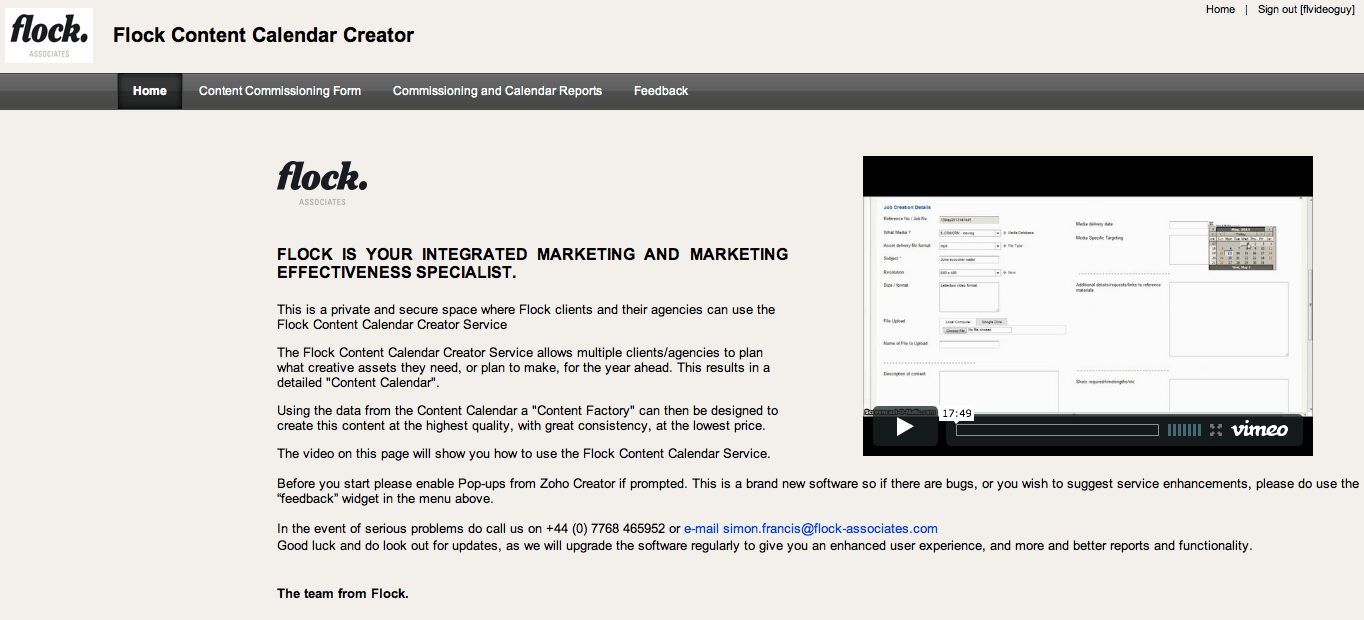It is harder and harder to avoid advertising. Advertising is everywhere, and in everybody’s faces; in our hands on our mobiles phones, on our social media news streams, online and on digital screens everywhere, and of course on traditional supports such as TV, billboards, radio, magazines, Oyster card holders… And in the most extreme (nuts?) cases it is literally on people’s faces, in the form of walking billboards or people who sell their bodies and faces as spaces for tattoos advertising companies and brands. Advertisers are trying to be ever more creative/provoking with the messages, images, supports and methods they use to attract a snippet of consumers’ already over-solicited attention.
So how in all this advertising noise and nuisance, can advertisers effectively get their message across to the right people, while avoiding getting in uninterested people’s faces?
On the one hand, we have intrusive, poorly planned, poorly targeted, and poorly executed advertising that lacks creative relevance to its environment and which can be off-putting, irritating, and sometimes truly offensive. This method can backfire and cause damage for the brand rather than good.
A few examples of controversial and potentially brand damaging advertising:
– Racist or sexist advertising:
– Poorly timed or inappropriate advertising:
– Advertising in the wrong context:
– And just some desperate advertising:
On the other hand there are the beautifully integrated campaigns achieved by a few, where every part of the journey – from the first impression or interaction to the moment of purchase, is subtly lined up, perfectly targeted and relevant. The campaign makes sense, it is inviting, meaningful, and worthy of following. It succeeds through consumers’ relationship with the message, wherein the target audience can easily interact with all or only the parts of the campaign he or she chooses to. At Flock we would describe these integrated campaigns as “propinquitous” campaigns. This is the concept of perfect relevance, which we talked about in our February blog article and which is beautifully illustrated by Nike and their Fuelband campaign which you can see in the below video:
Relevance = propinquity.
This can be achieved by truly understanding the consumer and by getting a fully integrated team delivering a fully integrated consumer solution. And by bringing all agencies and internal departments together to co-create the consumer plan by following three steps:
- Target audience agreement (not five different versions of same target).
- Customer journey: for the ideal consumer; where is he/she, doing what, interacting with who, thinking what… when they are “not in market”, “when showing first interest”, “when browsing”, “during active search”, “when shopping”, and “after sales”.
- Content calendar: Below is a snapshot of the Flock Content Calendar Creator, which allows clients and their agencies to enter every single campaign and job details to get a full overview of what content is needed when, by who and what budget it is attached to.
The result of using these steps is perfect alignment throughout the whole marketing ecosystem, everyone working to the same plan, to deliver a fully “propinquitous” experience for the consumers.
“So, can advertising be brand damaging? Definitely. But, with great integration and craft you can achieve amazing results. If you click here we would be delighted to show you how.
Comment Policy
Thanks for visiting the our Flock Blogging page, where we welcome your comments. Since this is a moderated blog, all comments will be reviewed prior to posting. As a result, there will be a delay in the posting of comments and not all comments will be posted. Comments may also be removed after they are posted. Thank you for your understanding.









